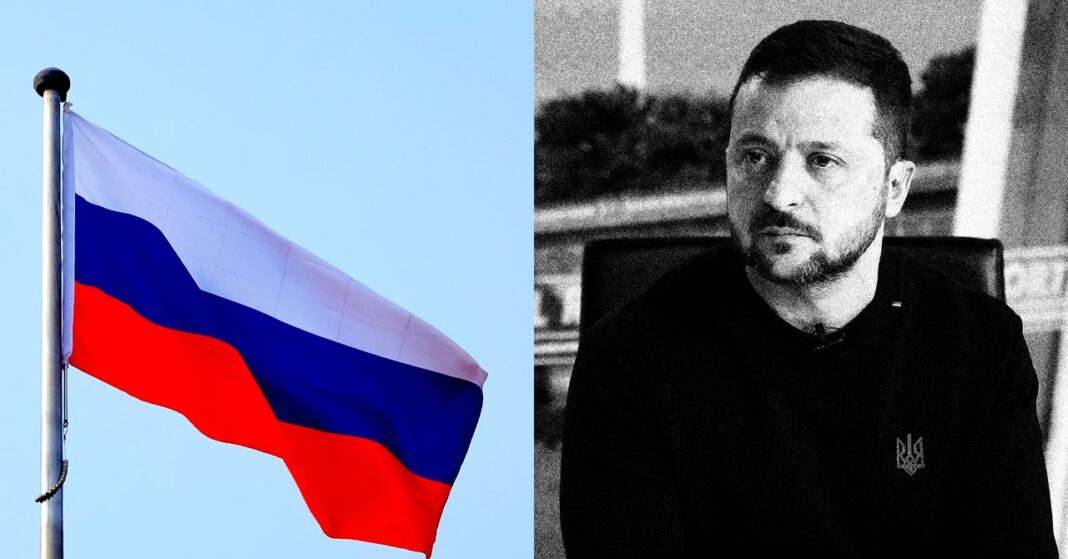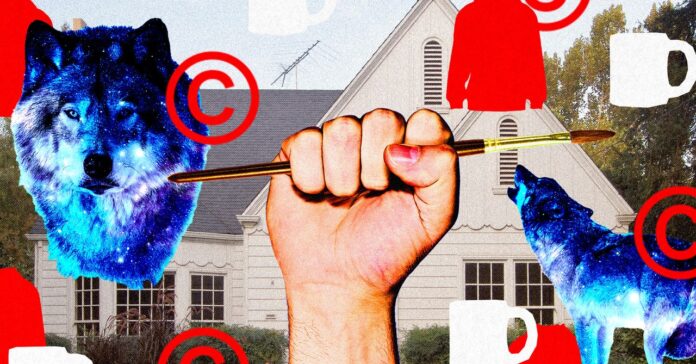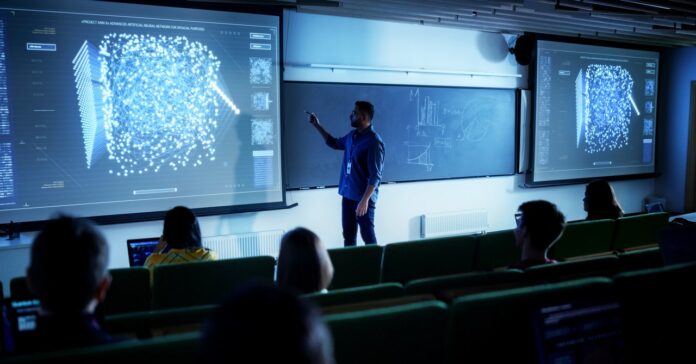In Short:
A false story spread rapidly online claiming Ukrainian President Zelensky’s wife bought a Bugatti with American aid money. The story originated on a fake French website connected to Russian propaganda. Dozens of Russian media outlets promoted the story, and it gained traction on social media. Bugatti debunked the claim, but it still spread online, showing how easily misinformation can influence public opinion. Google and Microsoft have not responded to the issue yet.
In a span of 24 hours, a piece of Russian disinformation surrounding Ukrainian president Volodymyr Zelensky’s wife purchasing a Bugatti car with American aid funds spread rapidly across the internet. The misinformation initially surfaced on an obscure French website but quickly gained traction on X and ranked as the top search result on Google.
Origin of the News
On Monday, July 1, a news article was released on a website named Vérité Cachée. The headline of the piece stated: “Olena Zelenska became the first owner of the all-new Bugatti Tourbillon.” The report alleged that during a Paris visit with her spouse in June, the first lady was privy to a private preview of a new $4.8 million supercar from Bugatti and promptly placed an order. It also contained a video featuring an individual who claimed to be associated with the dealership.
However, both the video and the website were entirely fabricated.
Probable Connections and Tactics
Vérité Cachée is affiliated with a cluster of websites that are possibly tied to the Russian government and disseminate Russian propaganda and disinformation to audiences in Europe and the US, leveraging AI for amplification. Researchers from the cybersecurity firm Recorded Future have been monitoring the group’s operations. These websites, such as Great British Geopolitics or The Boston Times, exploit generative AI to produce, extract, and manipulate content, generating numerous articles credited to fictitious journalists.
Spread of Misinformation
Numerous Russian media outlets, many under Kremlin ownership or influence, covered the Bugatti narrative, citing Vérité Cachée as their source. Most of these articles were published on July 2 and circulated through various pro-Kremlin Telegram channels boasting large audiences. Additionally, the story was promoted by the Doppelganger fake bot network on X, as per insights from researchers at @Antibot4Navalny.
Response and Dissemination
Subsequently, Bugatti issued a statement debunking the misinformation. However, the false narrative gained traction on X, where it was shared by multiple pro-Kremlin accounts before being amplified by Jackson Hinkle, a pro-Russian, pro-Trump influencer with 2.6 million followers. Hinkle propagated the story, insinuating that American taxpayer funds were utilized for the luxury purchase.
Media Coverage and Fallout
English-language platforms eventually picked up the story, referencing social media posts by figures like Hinkle and the Vérité Cachée article. Consequently, individuals conducting a “Zelensky Bugatti” search on Google encountered a link to MSN, Microsoft’s news aggregator, which republished a piece authored by Al Bawaba, a Middle Eastern news aggregator, citing “multiple social media users” and “rumors.”
The trajectory from an obscure source to a prominent online trend underscored the ease with which malicious actors can erode trust in digital content. Google and Microsoft have not yet provided a response to inquiries.





